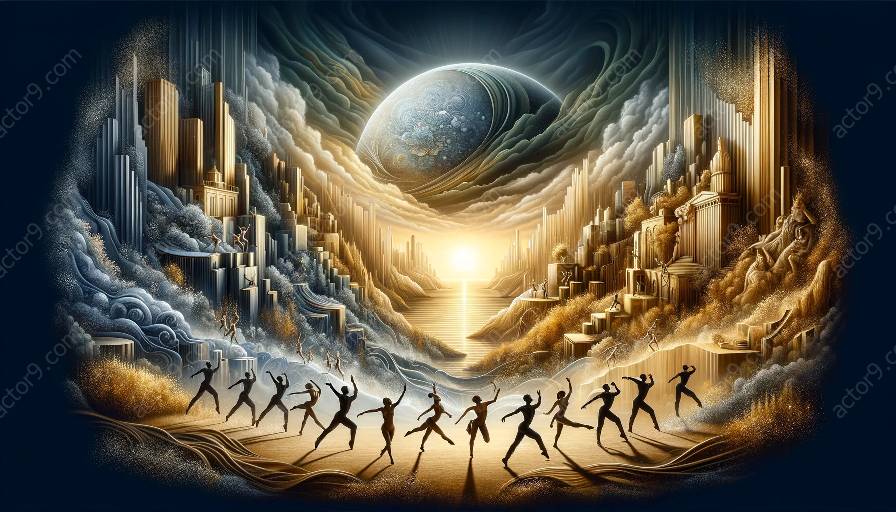Physical theatre is a dynamic form of performance that utilizes the body as the primary means of expression. It is a medium that has the power to represent a wide range of social and cultural issues, including diversity and inclusion.
What is Physical Theatre?
Physical theatre encompasses a variety of performance styles that emphasize the use of the body in space. This can include movement, dance, gesture, and non-verbal communication to convey narrative and emotions. Unlike traditional theatre, physical theatre places a strong focus on the physicality and expressiveness of the performers, often blurring the lines between dance, theatre, and visual arts.
Representation of Diversity and Inclusion
One of the most compelling aspects of physical theatre is its ability to reflect and embrace diversity and inclusivity. Through the use of movement, physicality, and non-verbal communication, physical theatre has the power to represent a broad spectrum of identities, cultures, and experiences. Performers are able to embody and express diverse characters and themes, breaking through linguistic and cultural barriers to create universal connections with audiences.
Physical theatre often explores themes of marginalization, discrimination, and societal challenges, providing a platform for marginalized voices to be heard and understood. By showcasing the experiences of individuals from different backgrounds, physical theatre can promote empathy, understanding, and unity.
Impact on Social Issues
The representation of diversity and inclusion in physical theatre has a profound impact on addressing social issues. By portraying diverse characters and narratives, physical theatre challenges stereotypes, prejudices, and misconceptions, fostering a more inclusive and empathetic society. Through the physicality of performance, audiences are confronted with the visceral and emotional realities of social issues, prompting introspection and dialogue.
Physical theatre serves as a powerful tool for social change, advocating for diversity and inclusivity on stage and beyond. It invites audiences to engage with complex and timely social issues in ways that transcend language and cultural boundaries, fostering a sense of shared humanity and interconnectedness.
Techniques and Significance
In physical theatre, the representation of diversity and inclusion is achieved through a variety of techniques that emphasize physical expression, storytelling, and emotional resonance. Performers use their bodies to embody different identities, experiences, and emotions, creating a rich tapestry of human complexity.
Significantly, physical theatre challenges conventional modes of storytelling and representation, offering a platform for underrepresented voices to be celebrated and heard. It provides opportunities for performers from diverse backgrounds to express themselves authentically and contribute to a more inclusive artistic landscape.
Conclusion
Physical theatre's representation of diversity and inclusion is a vital and compelling aspect of the art form. Through its capacity for non-verbal communication, emotional resonance, and universal storytelling, physical theatre serves as a powerful reflection of social issues and a catalyst for positive change. By embracing diversity and inclusivity on stage, physical theatre inspires empathy, understanding, and a celebration of the richness of human experience.




































